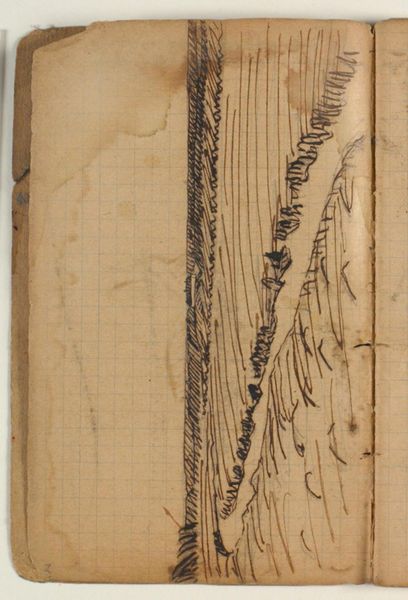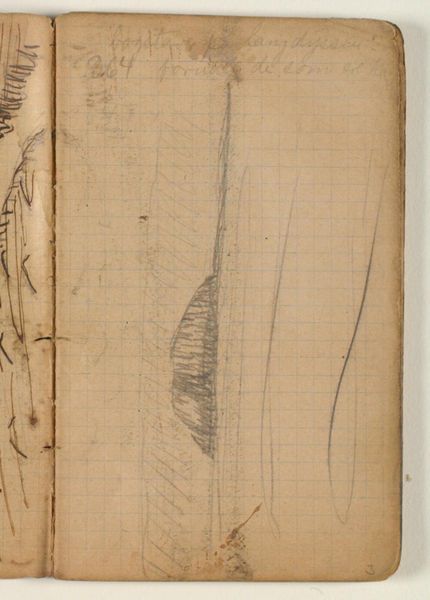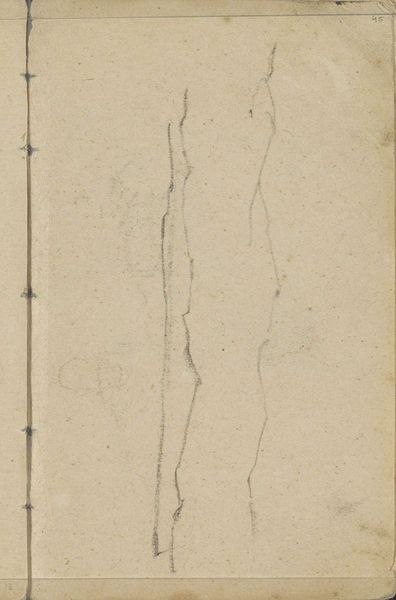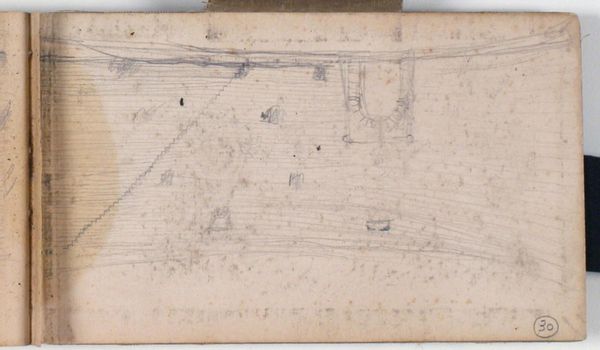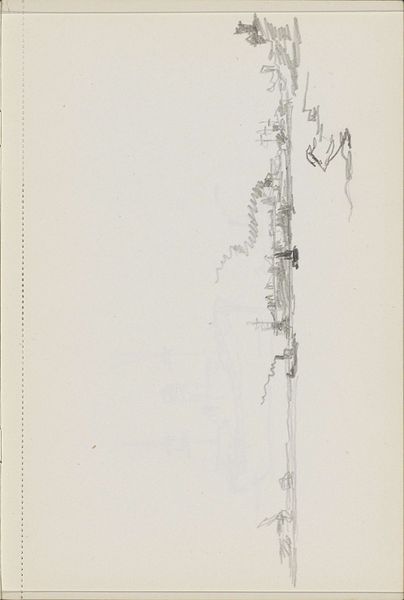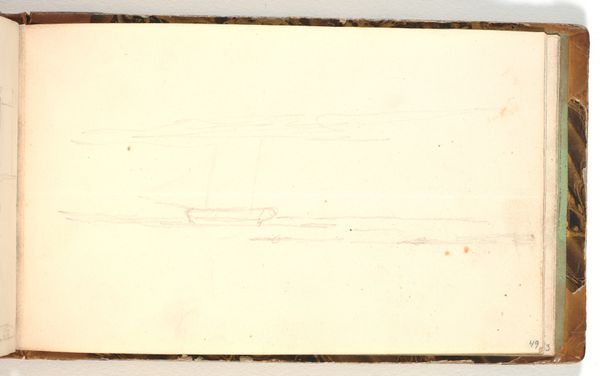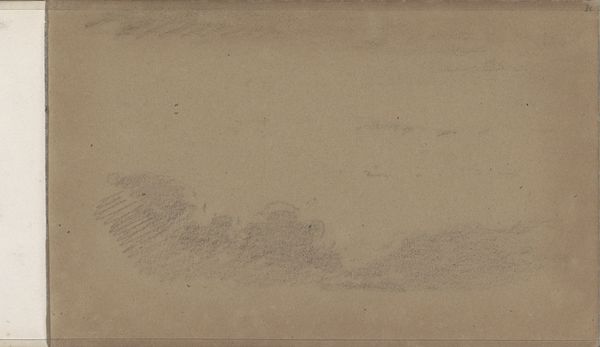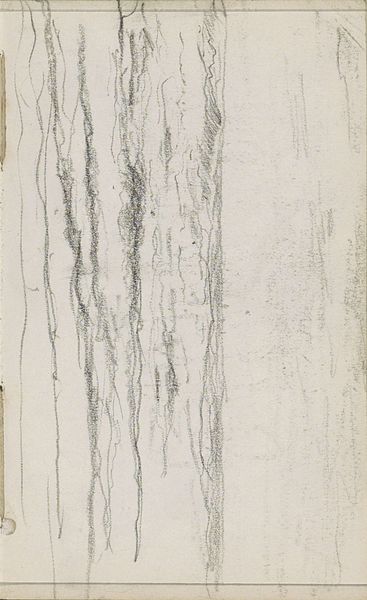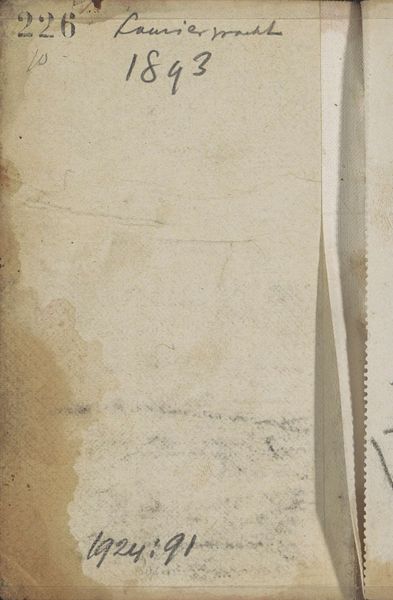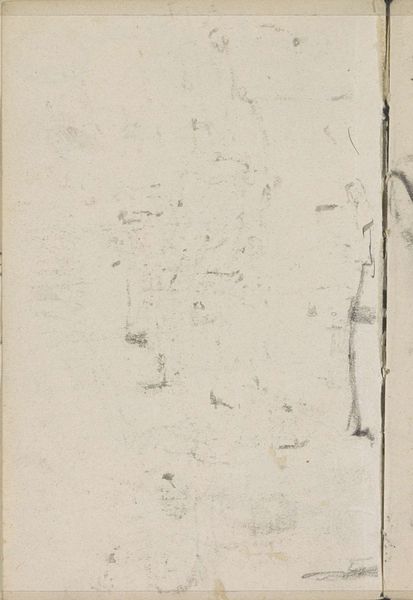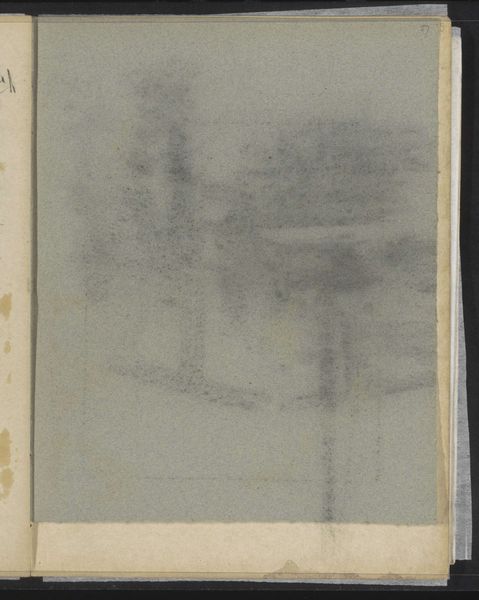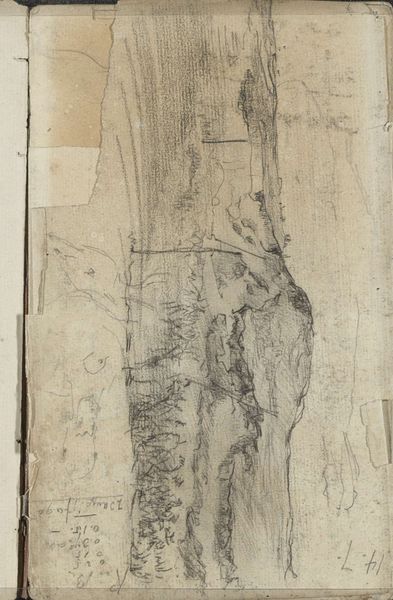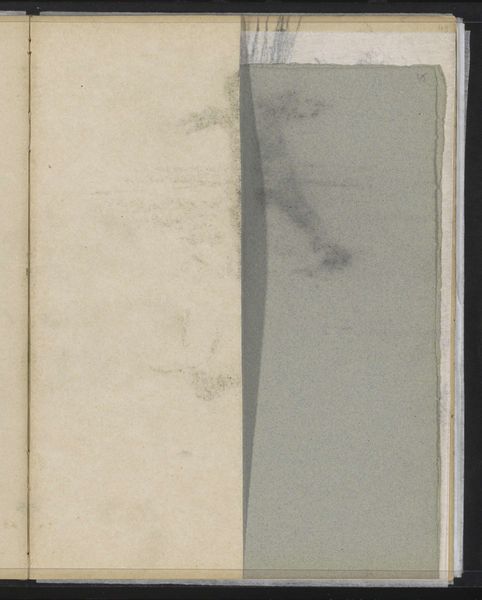
Udkast til Poul S. Christiansens gravmæle - fortsat fra sidste side (12) 1932 - 1935
0:00
0:00
drawing, paper, ink
#
drawing
#
paper
#
ink
#
geometric
#
line
#
modernism
Editor: This is Niels Larsen Stevns' "Udkast til Poul S. Christiansens gravmæle - fortsat fra sidste side (12)", an ink drawing on paper from the 1930s. It's just a few sparse lines, yet evokes a strong sense of modern, almost minimalist monumentality, even if it's just a sketch. What is your interpretation of this work? Curator: Considering the time and purpose, the social and cultural context becomes paramount. Post-World War I, there's a widespread reckoning with loss and remembrance. Stevns' design for a grave marker, even in this preliminary form, participates in the public ritual of mourning. How do the geometric elements play into this historical narrative, do you think? Editor: Well, they feel so stark, almost severe. I guess that contrasts with traditional ornate grave designs, suggesting a more modern sensibility toward death – perhaps less sentimental and more about simple remembrance. It is almost devoid of traditional religious symbols, perhaps indicative of shifting societal views during that period. Curator: Exactly. The use of geometric lines echoes the rise of modernism, which valued functionality and stripped-down aesthetics, signaling a departure from established visual languages and power structures. Who was Poul S. Christiansen, do you know? His identity is key. Editor: I don't, actually. Is he some public figure? Curator: Precisely! Christiansen was a key person in social-democratic circles. If so, do you think Stevns design sought to emphasize Christiansen contributions? Editor: That context is invaluable. It shifts the focus. The monumentality seems less about personal grief, and more about honoring his role within the community and the ideals he represented. Perhaps it was less about sentimental loss, and more about marking his influence on society. Curator: Precisely! And the abstraction renders it more inclusive and aligned with Social Democratic ideals and egalitarian values, doesn’t it? Editor: I hadn't thought of it that way, but that makes perfect sense! I am beginning to realize there’s so much socio-historical content embedded within seemingly simple lines! Curator: Exactly. Even seemingly simple designs participate in and reflect public sentiment and socio-political contexts. It is so important to consider that to be able to have deeper understanding and connection with any artwork.
Comments
No comments
Be the first to comment and join the conversation on the ultimate creative platform.
